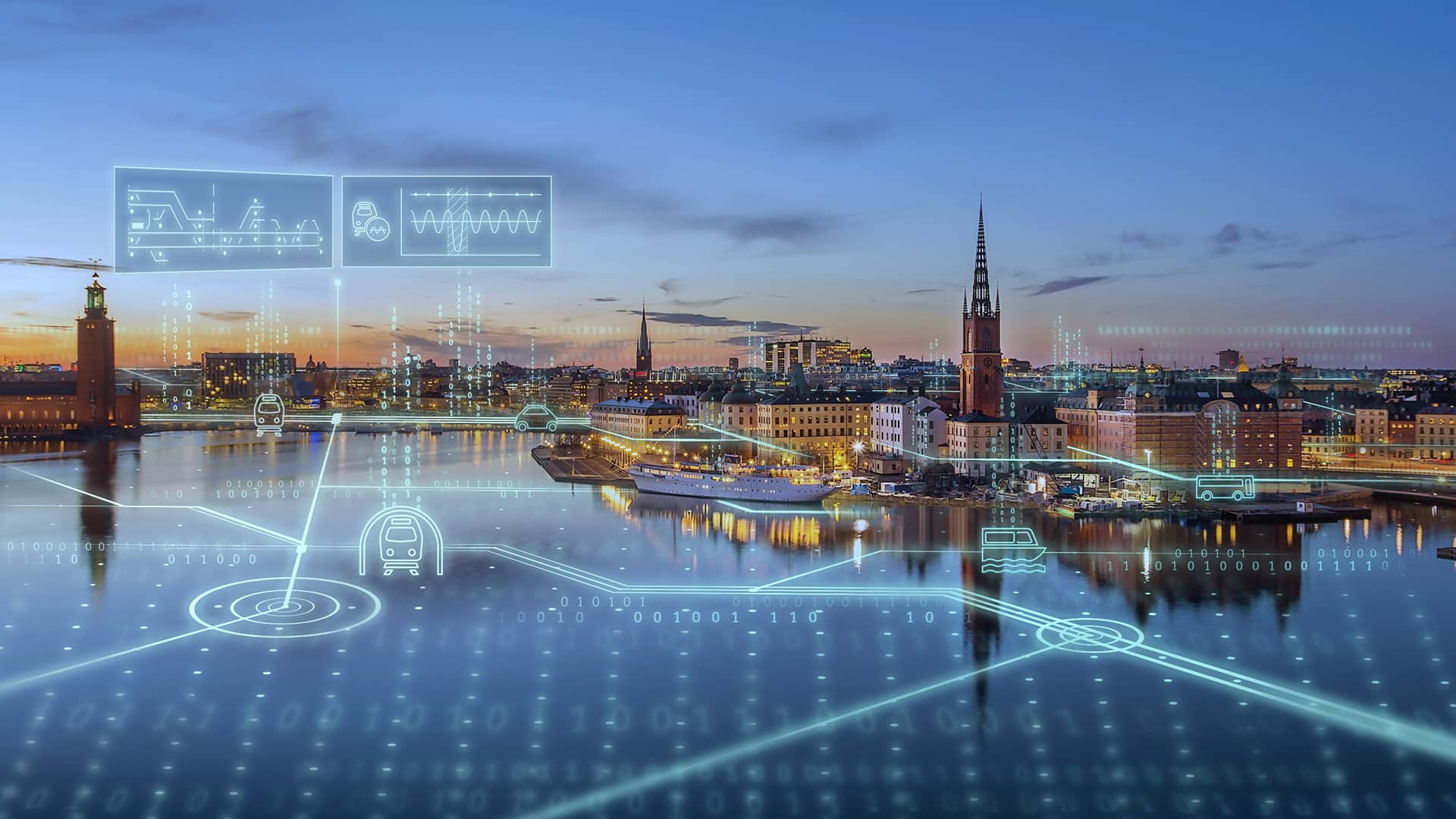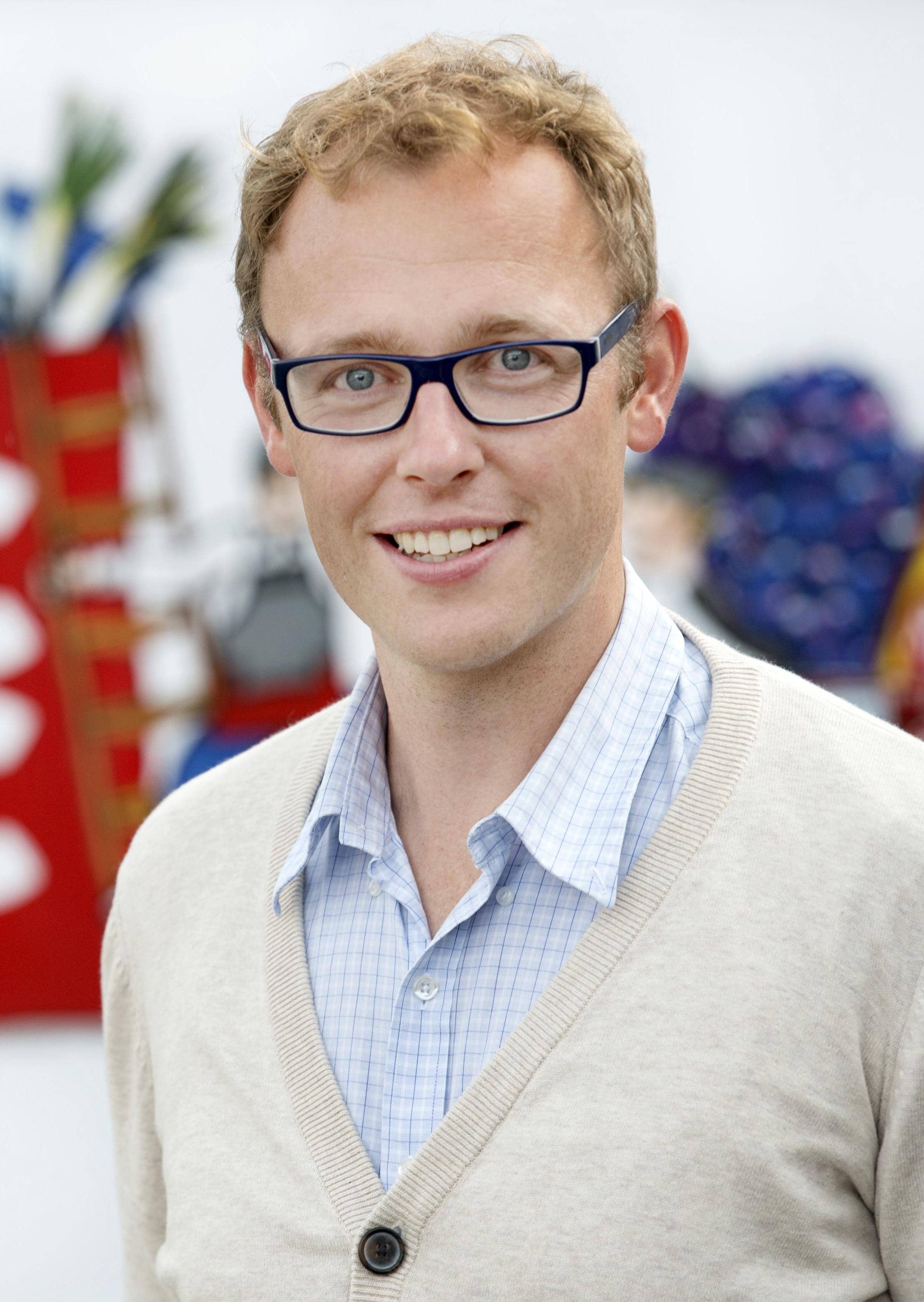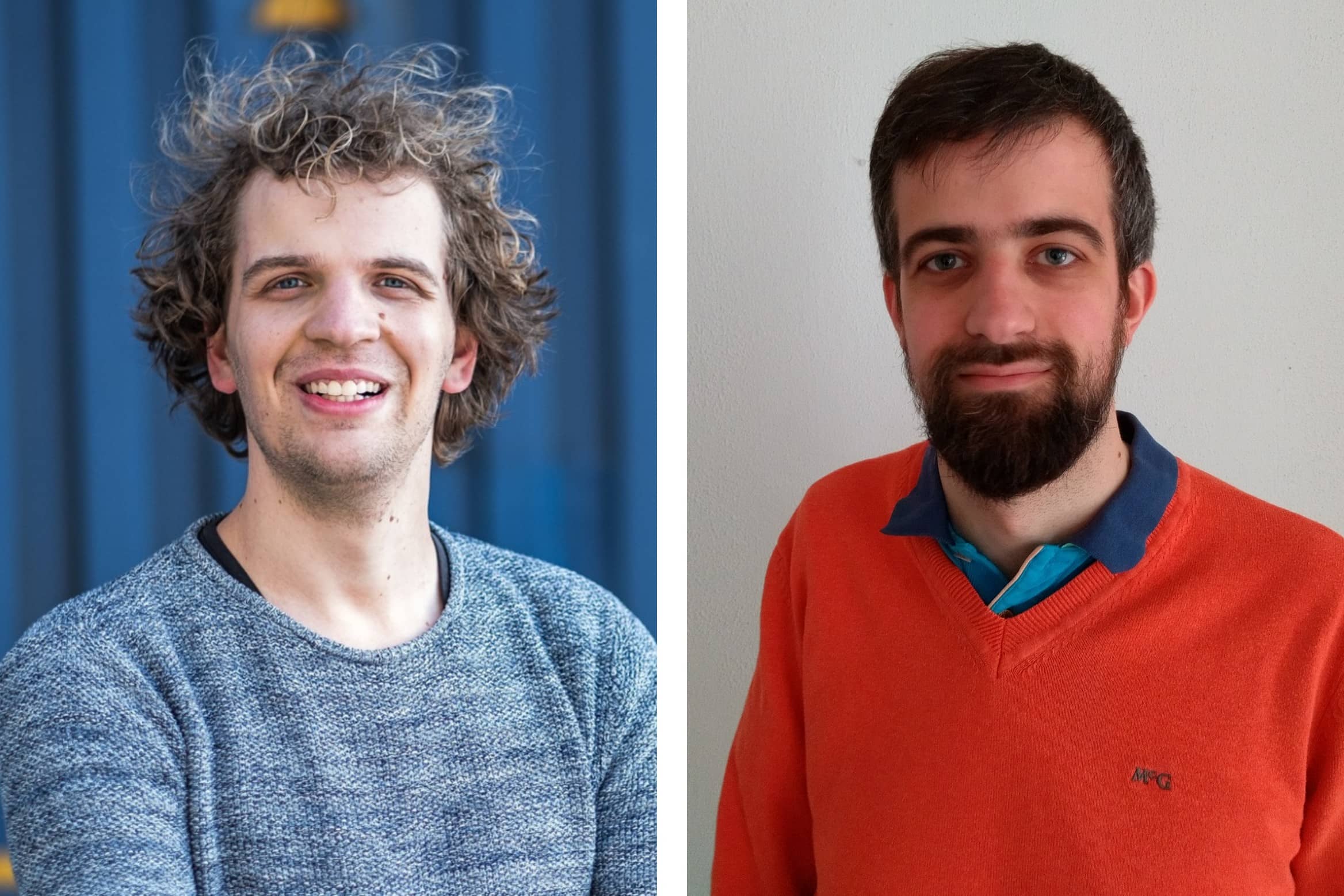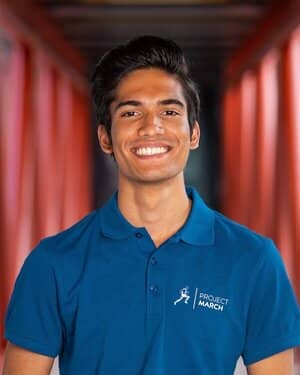First people, then technology
Even though Nedap is a technology company at heart, our strength is that we always put people first.
‘First people, then technology’ is what we call it. We do so by observing people – and what they need to
perform better – before we start developing technology.
We observe. We create. We scale.
At Nedap, design and technology work closely together to meet people’s professional needs. We create
elegant solutions that are easy to use and beautiful to look at. These solutions help you find a place
to park your car in Amsterdam and Auckland, and provide security for major landmarks such as the Eiffel
Tower and the Burj Khalifa. We help farmers take care of their livestock and enable interactive shopping
experiences from Adidas to H&M.
People. Culture. Leadership.
‘First people, then technology’ does not only apply to the markets in which we operate, it also applies
to our own organization. We invest in developing talent. At our beautiful campus in Groenlo we challenge
‘Nedappers’ to realize their ideas and ambitions and to achieve more than they could ever imagine. At
Nedap, you are challenged to take the lead from day one.
What are you going to change?
At Nedap you get all the space you need, literally and figuratively. But we also expect you to do
something with it. We believe in the power of ideas and the energy of your own initiative. And so our
entire organisation is designed to do just that.
We work with the relevant people to resolve specific issues. Since we often do this in small, targeted
teams, you may sometimes get the impression that you’re working with a small organisation at Nedap.
However, the extensive options and resources that you can find only in a large organisation will always
be available to you. So, we’re actually big and small at the same time.
Working at Nedap is being part of a flock. You have the power to change your course and to inspire
others to follow. We work together on our fantastic campus in Groenlo in various business units and
teams, and we share a common ambition. Together we develop technology that helps people to be more
productive and successful in their work.
Choose Ambition, Choose Growth, Choose Excellence.
Start your journey at: https://www.nedap.com/students
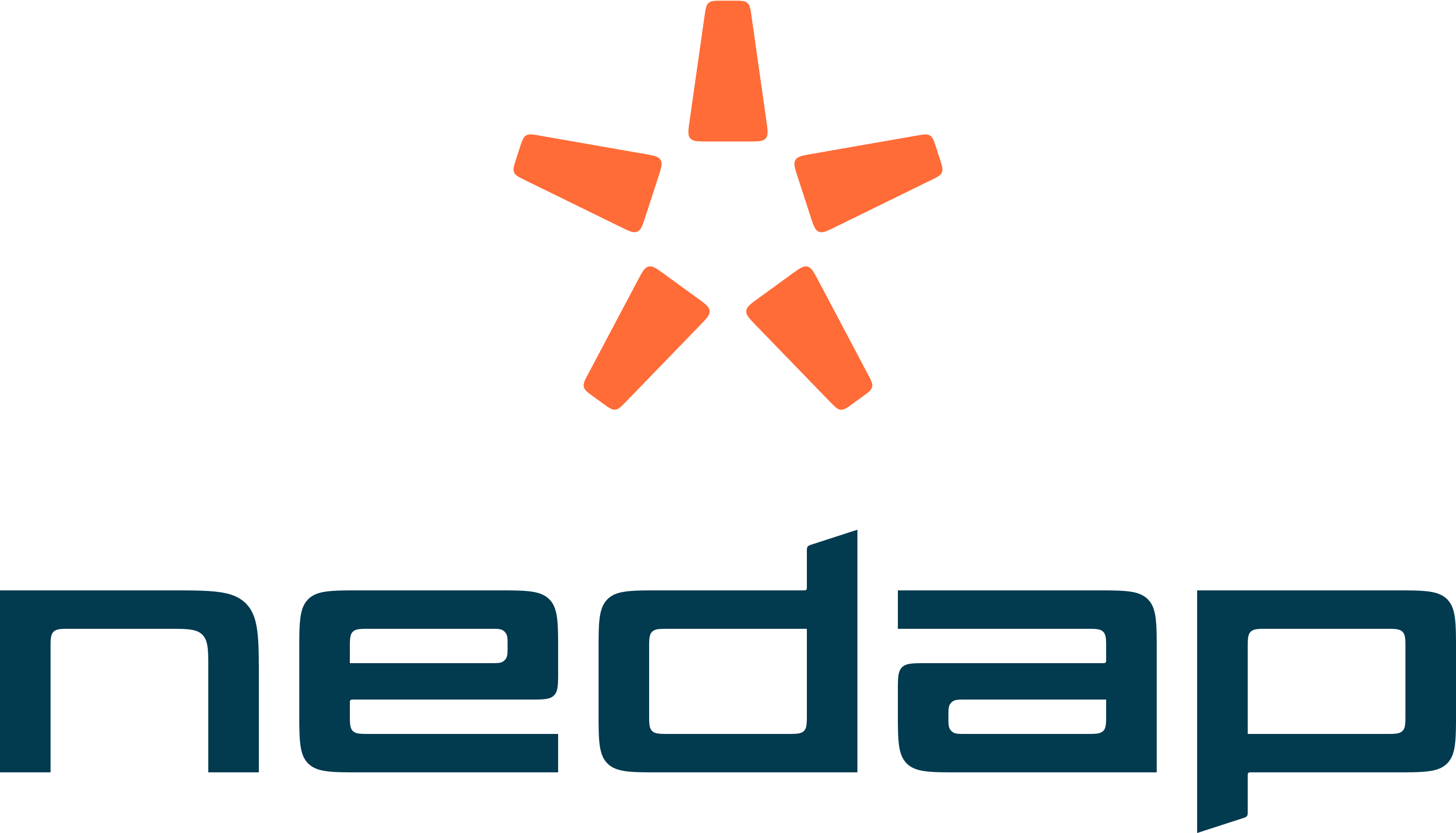
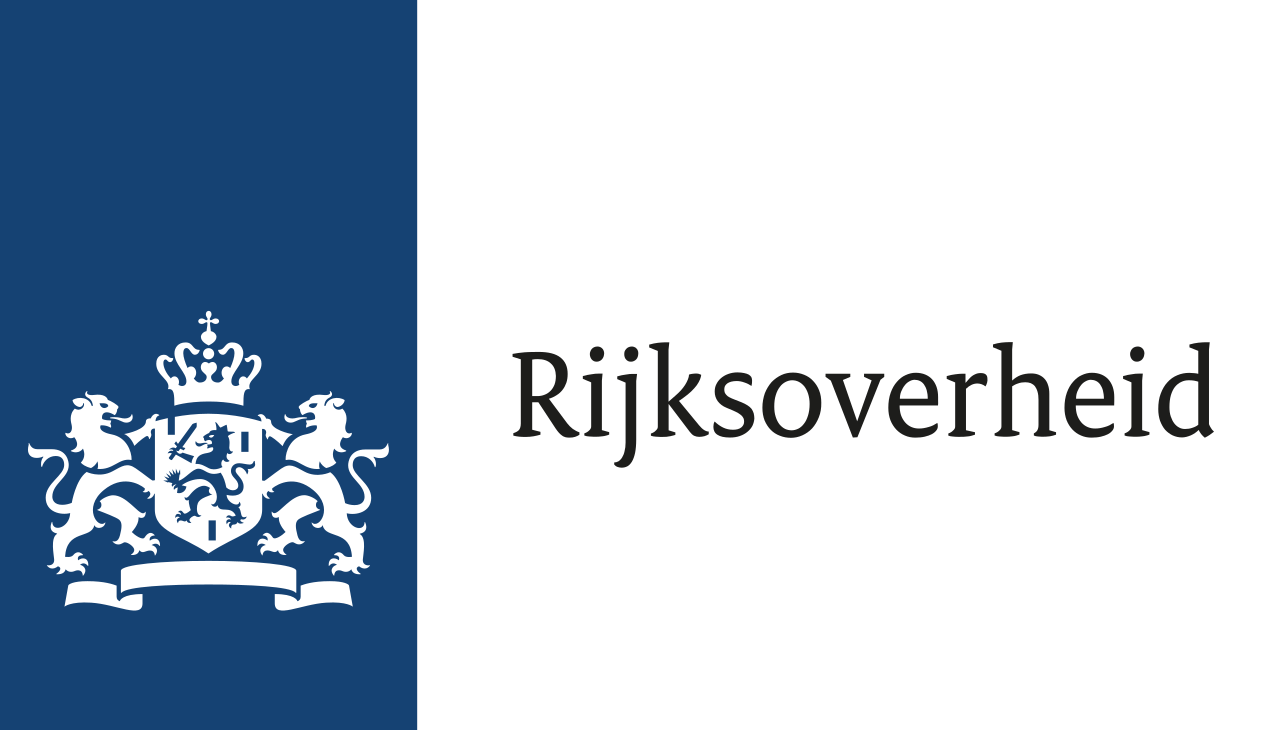



















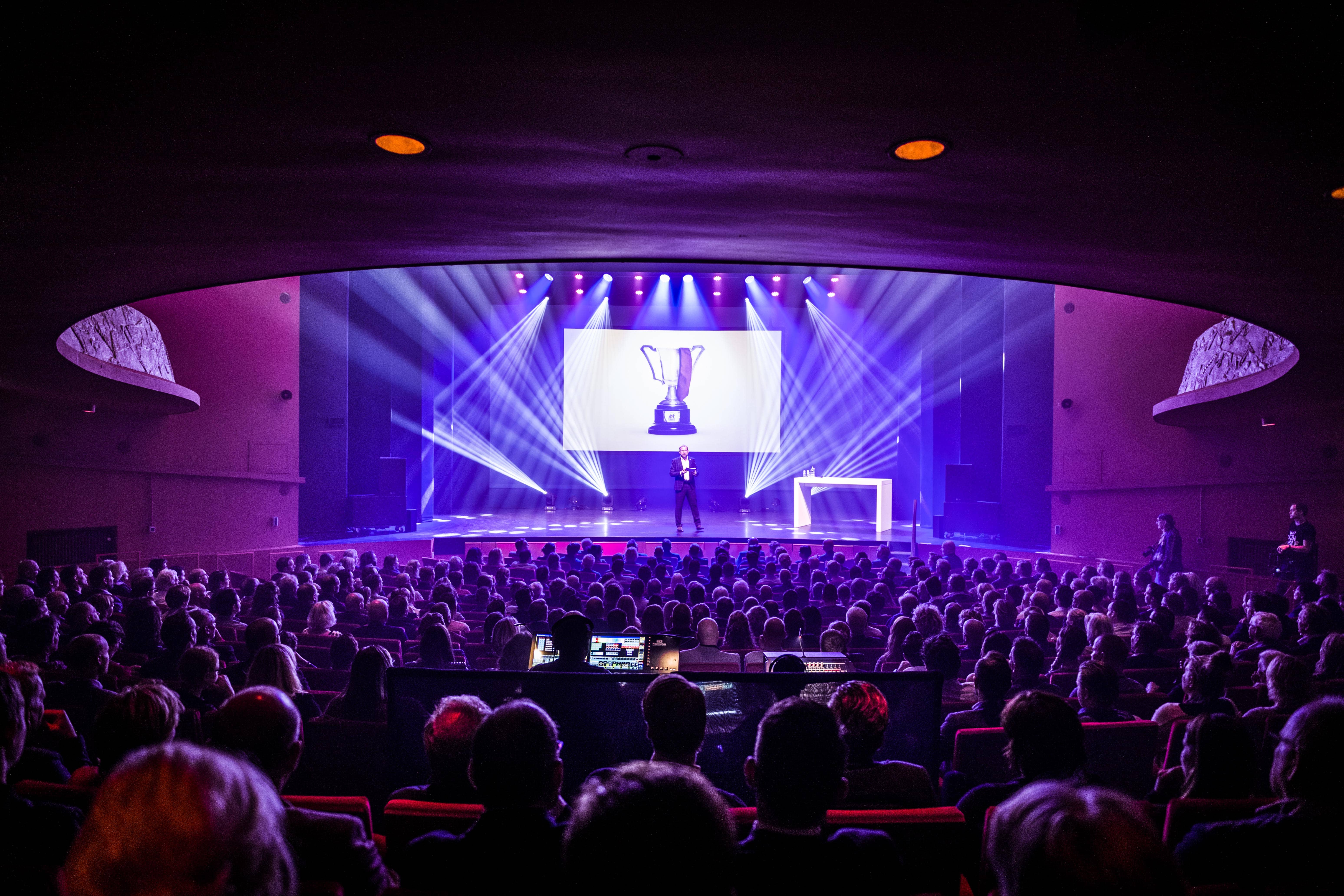
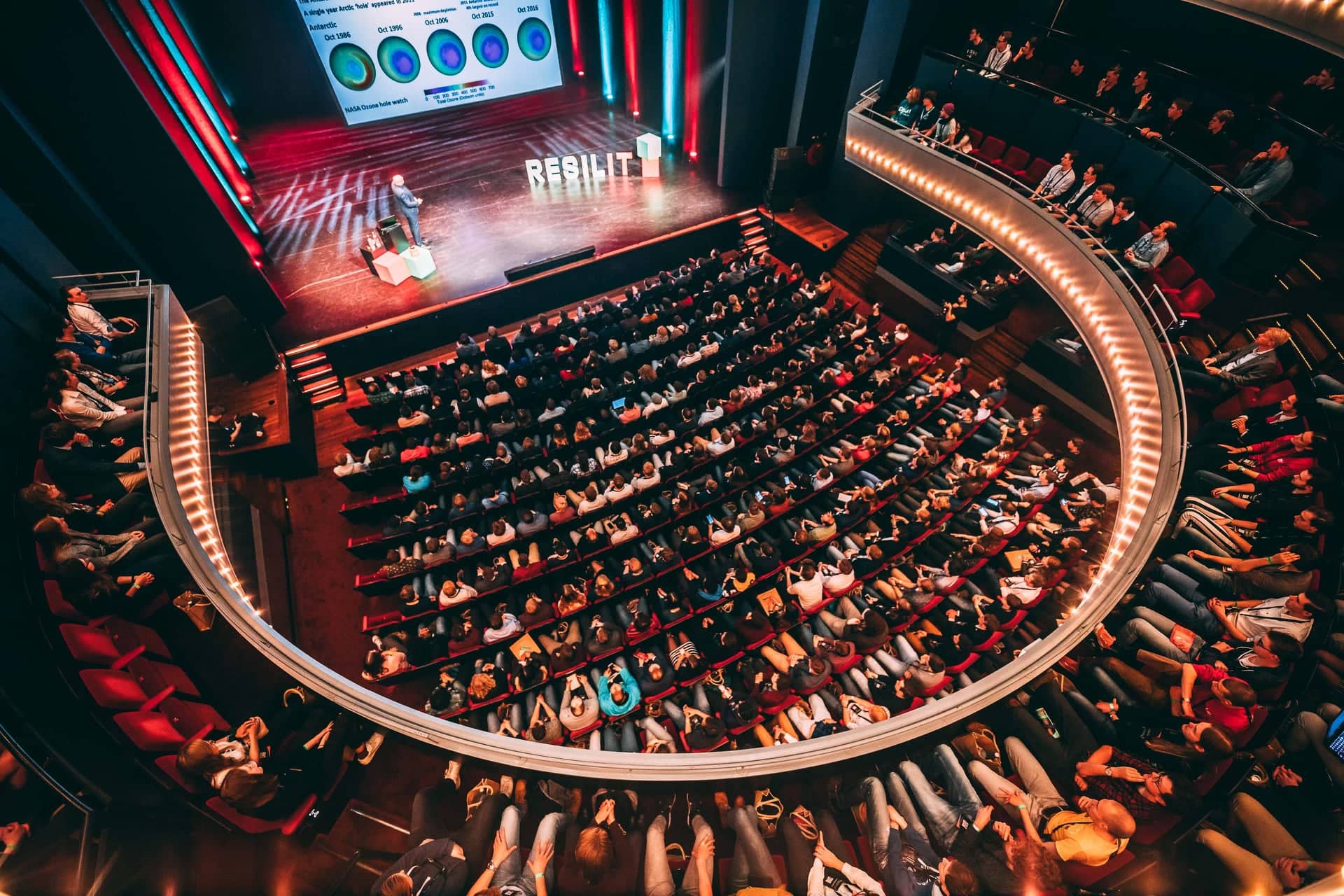

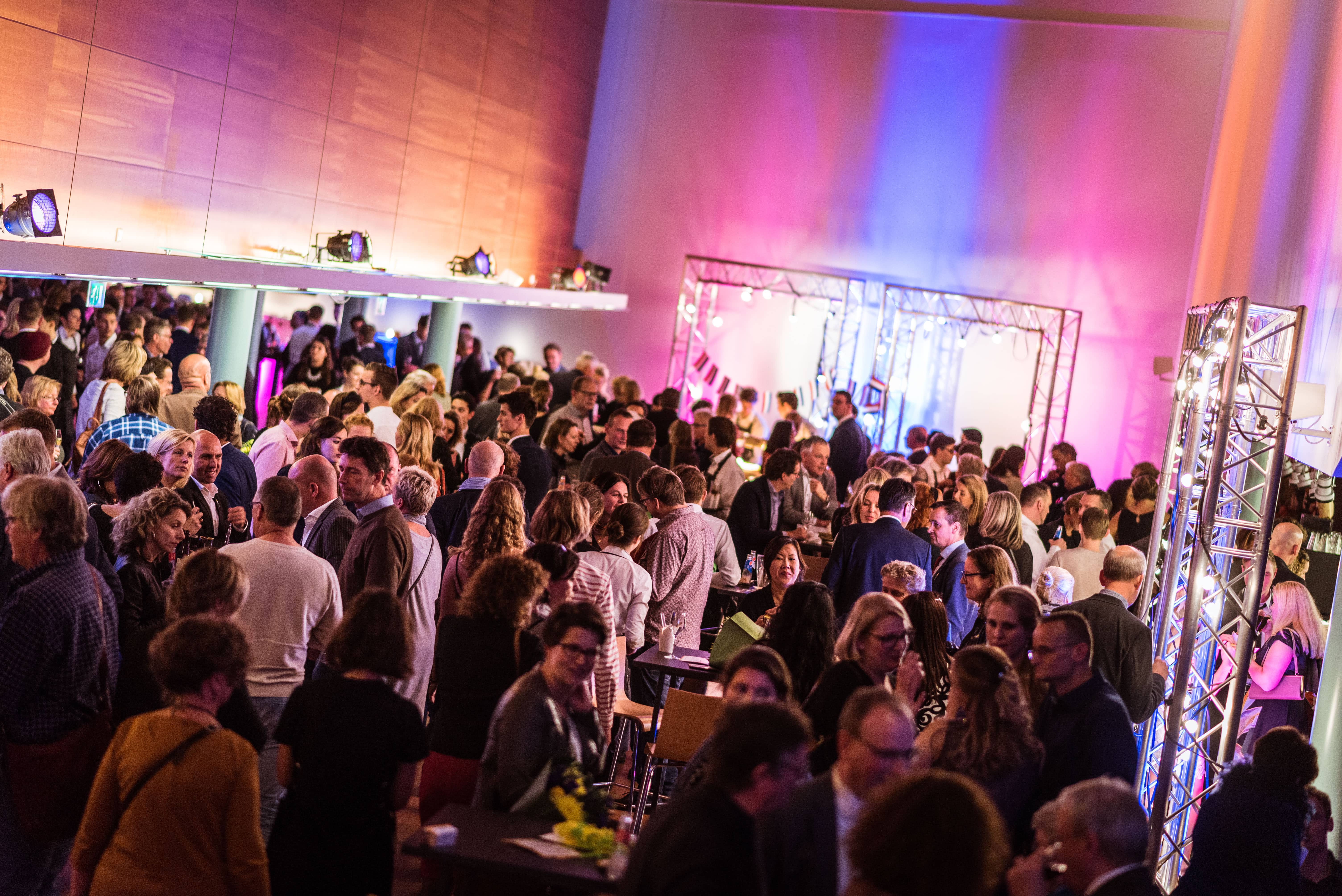

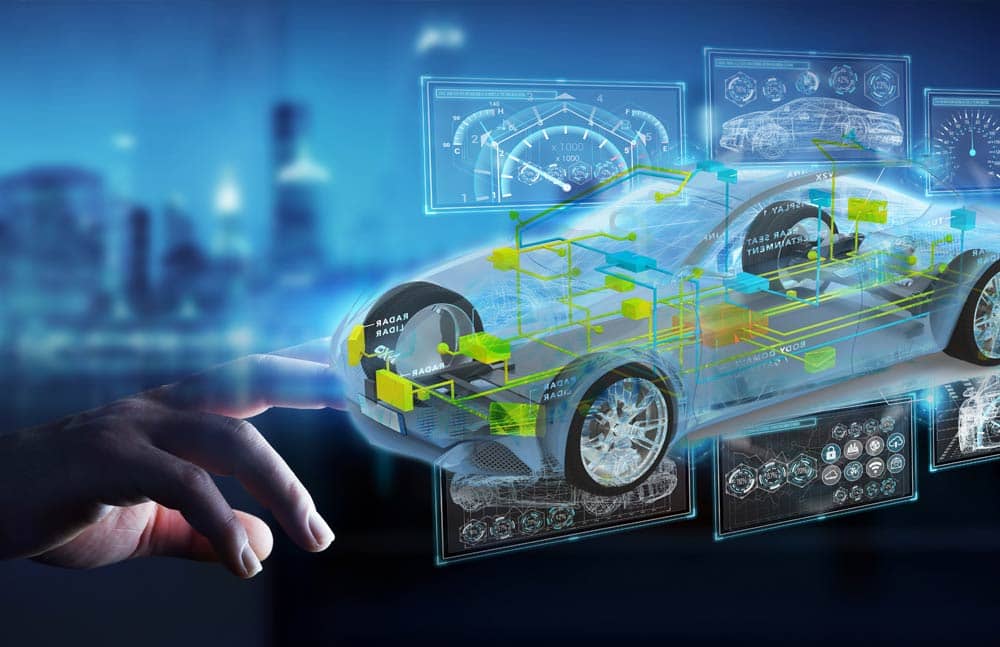





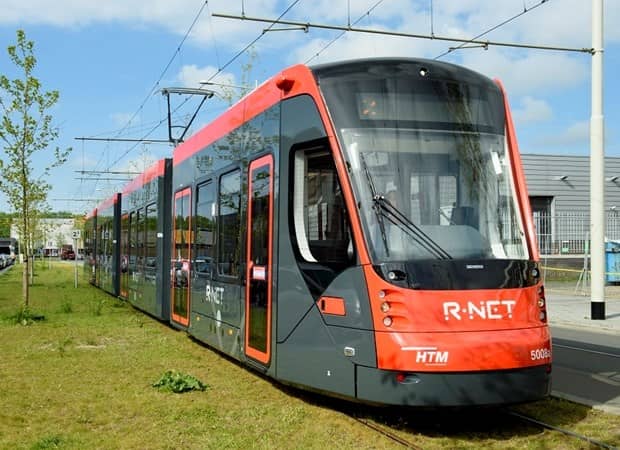
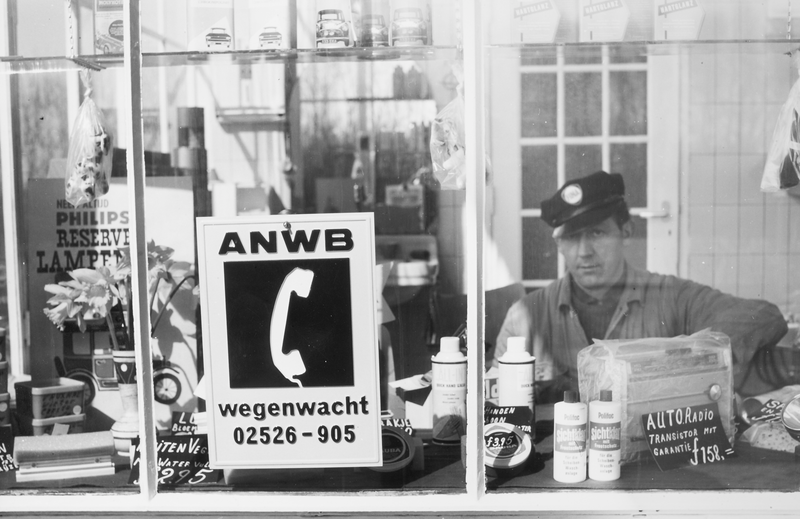

![image for [DUTCH] De rol van voertuigen in de energietransitie](/img/talks/martin.jpg)
